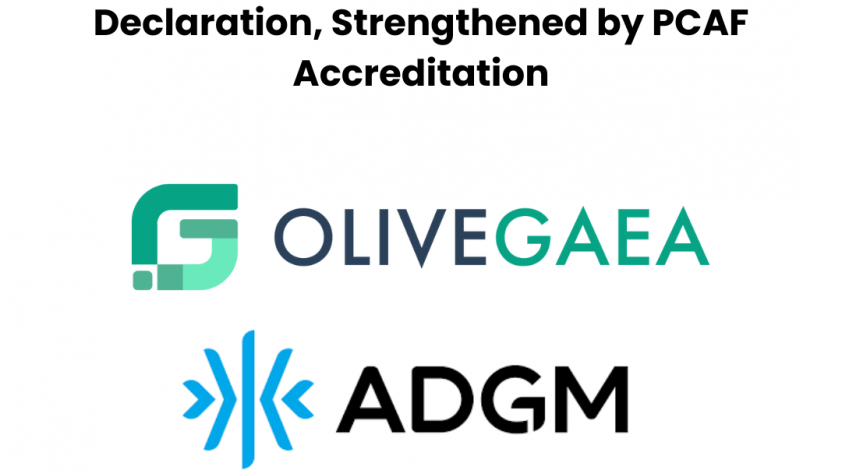Global supply chains play a pivotal role in our interconnected world, enabling the seamless flow of goods across countries and continents. However, this convenience comes at an environmental cost. The increased demand for products and the complex networks of transportation contributes significantly to greenhouse gas (GHG) emissions. To counteract the environmental impact of these emissions, a comprehensive approach is essential. This article takes you through a spectrum of strategies to effectively mitigate GHG emissions across supply chains, presenting a pathway to a more sustainable future.
Table of Contents
- Introduction
- Transportation and Route Optimization
- Lean Inventory Management
- Renewable Energy Integration
- Sustainable Packaging Choices
- Collaboration and Data Sharing
- Supplier Engagement and Auditing
- Consumer Education and Behavior
- Technology Adoption for Tracking
- Embracing Circular Economy
- Offsetting Emissions
- Conclusion
- FAQs
1. Introduction
The global movement towards a greener and more sustainable future requires concerted efforts across all industries. Among these, the industries that have supply chains at their core hold immense potential to significantly reduce their carbon footprint. By adopting innovative strategies and embracing new technologies, CEOs, COOs, Sustainability Managers, Logistics Managers and Compliance Managers can make a substantial impact on addressing GHG emissions.
2. Transportation and Route Optimization
Efficient transportation is a cornerstone of a sustainable supply chain. By optimizing routes, consolidating shipments, and adopting intermodal transportation, companies can minimize fuel consumption and emissions. This not only reduces costs but also contributes to a healthier environment.
3. Lean Inventory Management
Excess inventory often leads to waste, which in turn contributes to higher emissions. Lean inventory management techniques help in reducing excess stock and lowering energy-intensive production, thereby curbing GHG emissions while streamlining operations.
4. Renewable Energy Integration
Transitioning to renewable energy sources like solar and wind power for warehouses and distribution centres can reduce reliance on fossil fuels, thereby contributing to emission reduction and positioning companies as advocates for sustainable practices.
5. Sustainable Packaging Choices
Opting for environmentally friendly packaging materials and designs can play a pivotal role in decreasing the carbon footprint and waste generation. By utilizing recyclable and biodegradable materials, supply chains can actively participate in fostering a circular economy and mitigating their environmental footprint.
6. Collaboration and Data Sharing
Collaboration between supply chain partners is crucial. Sharing data related to emissions, processes, and best practices allows for better decision-making and the identification of areas for improvement, leading to collective emission reductions.
7. Supplier Engagement and Auditing
Engaging with suppliers to assess their sustainability practices and auditing their processes can drive positive change throughout the supply chain. By ensuring suppliers adhere to green standards, companies can collectively work towards reducing emissions.
8. Consumer Education and Behavior
Educating consumers about the environmental impact of their choices can influence purchasing behaviour. By emphasizing the importance of sustainable products and responsible consumption, companies can align customer choices with eco-friendly options.
9. Technology Adoption for Tracking
Advanced technologies like IoT, blockchain, and AI can provide real-time insights into supply chain operations. These insights enable better decision-making, optimization, and transparency, all of which contribute to emission reductions.
10. Embracing Circular Economy
Shifting from a linear “take, make, dispose” model to a circular economy encourages product repair, refurbishment, and recycling. This approach reduces the need for constant production and disposal, leading to decreased emissions.
11. Offsetting Emissions
Carbon offsetting is a strategic mechanism to counterbalance GHG emissions. It involves supporting projects that capture or reduce an equivalent amount of carbon dioxide emitted elsewhere. Olive Gaea’s eCommerce API simplifies this process, providing a platform for online shops to offer carbon offsetting options to customers during the last-mile delivery phase. This translates into tangible actions to combat climate change with a mere click.
12. Conclusion
Addressing GHG emissions in global supply chains requires a multi-faceted approach. By implementing strategies like efficient transportation, sustainable packaging, renewable energy integration, and offsetting, companies can substantially reduce their carbon footprint. Furthermore, technology adoption, collaboration, and consumer education play vital roles in achieving a greener future.
13. FAQs
Q1: What is carbon offsetting?
A1: Carbon offsetting involves compensating for emissions by investing in projects that reduce or capture an equivalent amount of carbon dioxide.
Q2: How does renewable energy integration work in supply chains?
A2: Renewable energy sources, like solar and wind, are used to power warehouses and distribution centres, reducing reliance on carbon-based fuel. This can also be extended to the logistics chain by enabling electric vehicles for transportation.
Q3: How can consumers influence supply chain emissions?
A3: Consumers can choose eco-friendly products, encourage sustainable practices, and support companies that prioritize emissions reduction.
Q4: What is the circular economy?
A4: It is an integrated socioeconomic-technical system designed to maximize the value and minimize the environmental impact of production and consumption by extending the lifecycle utility of natural and manufactured capital and reducing extraction while eliminating waste.

